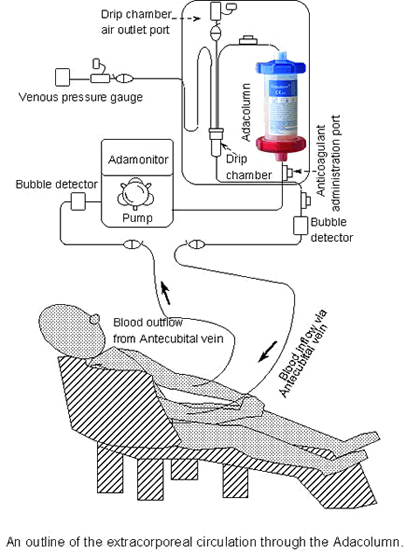Who needs a stem cell transplant?
Every year, 150,000 people in North America are diagnosed with leukemia, lymphoma, and myeloma (cancers of blood and bone marrow) as well as immune, blood and metabolic disorders. 60,000 patients die from these diseases, one person every 10 minutes, including many children. In Canada alone, there are about 1000 patients looking for a transplant from a donor...somebody just like you.
Chemo and radiation therapies, usually used to treat blood cancers, don’t always work, and have many toxic side-effects. A third, often curative treatment is bone marrow transplantation (BMT), also known as stem cell transplantation (SCT).
Is this about stem cell research?
No! The first thing to understand about blood stem cell transplantation (SCT) is that this therapy has nothing to do with highly-controversial embryonic stem cell research.
Blood stem cells that live in marrow, the spongy tissue inside our bones, developing into all different types of blood cells. The goal of SCT is to replace patients' sick marrow with healthy donor stem cells that can regrow the patient’s blood system.
Why Ethnicity Matters
Because matching is based on genetics, the best source of finding a match is from within a patient’s own family. Only 30% of patients are lucky enough to find a related donor. Unfortunately, this means that more than 70% of patients must search for an unrelated donor to save their lives.
Ethnicity plays an important role in the process of finding donors. While anyone, anywhere can potentially be a match, the best chance for a good HLA match comes from a donor who shares a patient’s ethnic background.
In particular, ethnic minorities only represent 20% of the North American registries. The two largest ethnic (and global) populations, Indians (making up only 3% of the registry) and Chinese, do not have large national registries, which means that patients of Asian descent depend on expatriates to register abroad. Currently around 35 patients of South Asian heritage in Canada are looking for donors.
How do I register?
You are eligible to join the donor registry if you are:
- 17-35 years of age
- willing to donate to anyone in need
- in general good health: many of the exclusions for blood donation do not apply to stem cell donation, so ask and find out for sure.
Registration is fast, painless, easy, and free. The most convenient way to register with OneMatch is to go online at http://www.onematch.ca, and fill out a knowledge quiz. Once you provide your contact information, you will be sent a package with 4 cheek swabs. Simply swab yourself at home and drop the completed pre-stamped package in the mailbox. Another alternative is to attend an SA4L swabbing event.
What happens if you are a match?
Less than 1/3 of patients waiting for a transplant in Canada actually find a match. The likelihood of a registered donor being a match for a Canadian patient is about 1 in 7,000. Nonetheless, matches are made every day, and it is possible that you could be a match immediately… or never.
If you are a match, further testing is done to ensure that you are a suitable donor. If so, there are two methods of donating stem cells, depending on the patient’s needs. The most commonly used method, peripheral blood stem cell donation, is much like donating blood. Through a process called apheresis, blood is removed from your arm, stem cells are collected, and the rest of the blood is returned to your body in a continuous circuit (see diagram adjacent). This takes a few hours, there are no significant side effects, and you will be home the same day. Your stem cells grow back in 4-6 weeks.
The second -less common- process, bone marrow donation, involves removing marrow from the back of your hipbones, under anesthesia. This procedure is also safe, painless, and brief; you will be home the same evening, and back to regular activities the next day.
For weblinks and more information, visit the online version of this article on the South Asian Living website (www.southasianliving.com).



